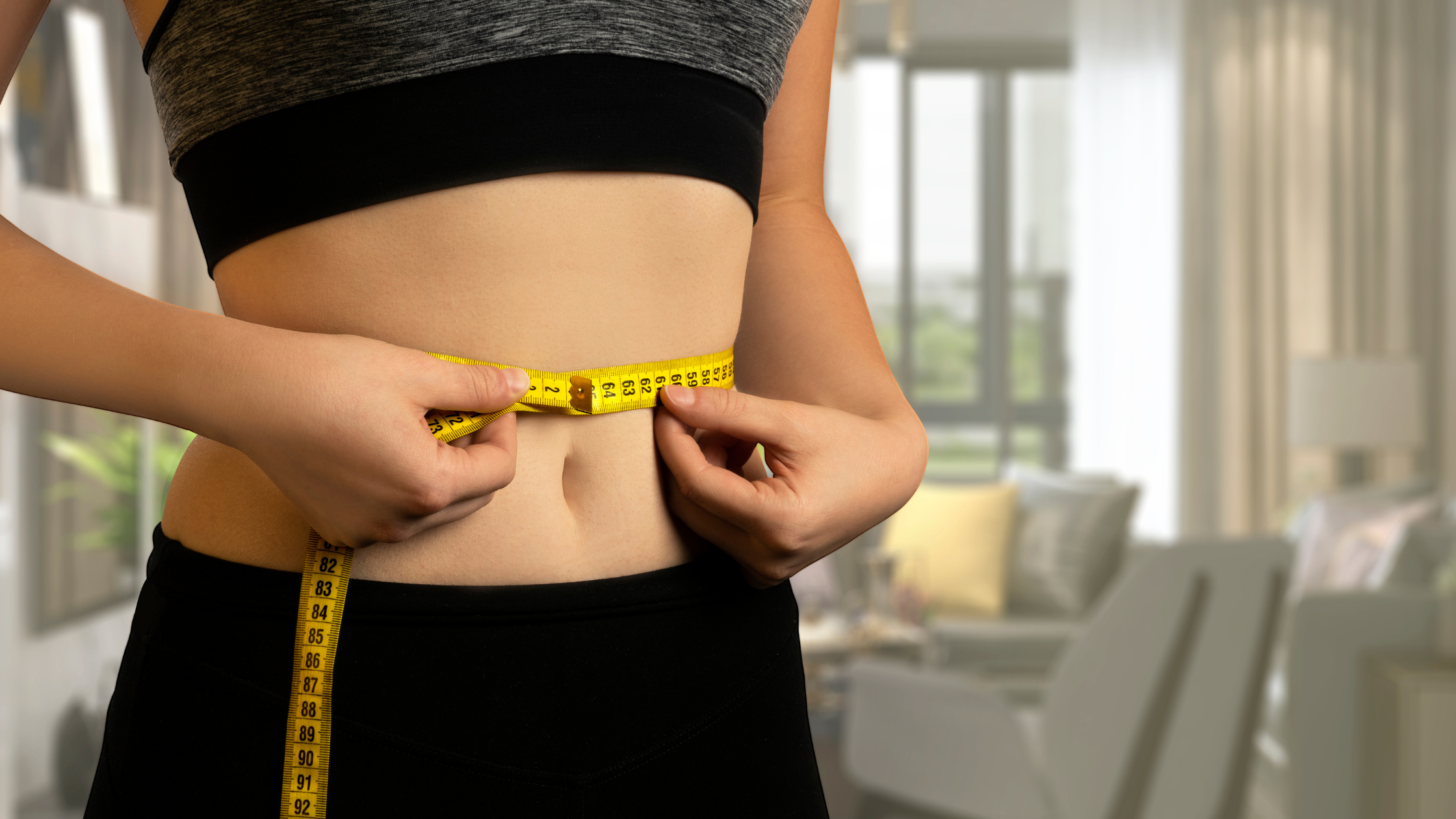FITNESS BLOG

Exercises for Reducing Belly Fat
I get asked a lot: “what are the best exercises for tightening up the abs? No *one* exercise is going to help you trim fat from your belly and tighten it up. You could literally do crunches every single day for months and not see an inch go away from around your torso. The good news is that there are some strategies that can help you burn your belly fat—but crunches aren’t going to do it for you. Read more here to learn how to eat and exercise to start making progress!

Abs Are Made in the Kitchen
It's no secret that when it comes to losing weight, there are a variety of factors that come into play - including exercise, sleep, stress levels, and more. However, when it comes down to it, though, the majority of fat loss really does come down to managing what you eat. Read more to learn some starting tips for managing your calorie intake to get your body burning fat!

How to Track Your Progress
One of the best ways to stay motivated in your fitness journey is to track your progress! Taking body measurements and progress photos every few weeks can give you a sense of momentum to keep showing up for your workouts and diet plan. Read more to learn how to track your workouts, take progress photos, track body weight, body measurements, and more.

What to Expect During a Cut
If you’ve been building muscle for a while, you may be ready to enter into what we call a “cut” phase in your training. Follow these tips to get started and learn how to eat, exercise, and track your progress throughout your fat loss journey.

Do These 3 Things to Burn Fat
Struggling to lose weight and keep it off? There are three things you must do if you want to burn fat for good. Check out this week’s blog post to learn more about how to balance your energy budget for fat loss.

Trainer's Tips for the Holidays
In case you are stressing about keeping up with your training and nutrition plans, let me just tell you right now–it is 100% okay to enjoy the holidays. Living a fit lifestyle is all about balance. Your body only reflects what you do most of the time! So if most of the time you eat a healthy diet and exercise regularly–a few days off isn’t going to set you back in your progress!

How to Burn Fat with Cardio
A great way to get your body burning tons of calories is to incorporate cardiovascular exercise into your weekly workout routine. Click here to learn how to incorporate cardiovascular exercise into your workouts!